42 labels and selectors in kubernetes
kubernetes.io › docs › referenceKubernetes API Reference Docs Welcome to the Kubernetes API. You can use the Kubernetes API to read and write Kubernetes resource objects via a Kubernetes API endpoint. Resource Categories. This is a high-level overview of the basic types of resources provide by the Kubernetes API and their primary functions. kubernetes.io › working-with-objects › labelsLabels and Selectors | Kubernetes Aug 09, 2022 · Labels are key/value pairs that are attached to objects, such as pods. Labels are intended to be used to specify identifying attributes of objects that are meaningful and relevant to users, but do not directly imply semantics to the core system. Labels can be used to organize and to select subsets of objects. Labels can be attached to objects at creation time and subsequently added and ...
Civo Academy - Learn about pod labels and selectors - Civo.com In this video, we'll be discussing labels and selectors. Now, labels in Kubernetes are a set of key-value pairs attached to a Kubernetes object such as pods. It is basically used to provide attributes to create a meaningful Kubernetes object. So, the command to view the labels is kubectl get pods --show-labels. Labeling a pod
Labels and selectors in kubernetes
Learn Kubernetes Labels By Following Examples | Densify Using labels and selectors is also common in advanced Kubernetes scheduling. Examples of advanced K8s scheduling include node selector and pod affinity. If you need to place a pod on a specific node, you can label the node and then use the label in your pod deployment manifest. For example, you can use this command to label a node with SSD storage. How to Provision Node Labels and Selectors in Kubernetes? (K8s) Labels selectors are core grouping primitive in Kubernetes. They are used by the users to select a set of objects. Kubernetes API currently supports two types of selectors − Equality-based... prometheus.io › docs › prometheusConfiguration | Prometheus Prometheus is configured via command-line flags and a configuration file. While the command-line flags configure immutable system parameters (such as storage locations, amount of data to keep on disk and in memory, etc.), the configuration file defines everything related to scraping jobs and their instances, as well as which rule files to load.
Labels and selectors in kubernetes. Labels and Selectors — Kubernetes on AWS 0.1 documentation Labels and Selectors ¶ Labels are key/value pairs that are attached to Kubernetes objects, such as pods (this is usually done indirectly via deployments). Labels are intended to be used to specify identifying attributes of objects that are meaningful and relevant to users. Labels can be used to organize and to select subsets of objects. Kubernetes Label Selector And Field Selector - Medium Labels are key value pairs that can be used to identify, or group the resources in Kubernetes. In other words, labels can be used to select resources from a list. You can label Kubernetes native... Kubernetes Matchlabels - Linux Hint Within Kubernetes, labels are a key/value formatted piece of metadata linked to an object. Additional information about the thing relevant to the consumer or object is provided via labels. ... The selector tag can be seen here, which deployment utilises to communicate with its pods. The Deployment's selector field specifies how it determines ... Working with labels and selectors | Kubernetes Cookbook - Second Edition Setting up the Kubernetes cluster on Linux via Ansible (kubespray) Running your first container in Kubernetes; 3. Walking through Kubernetes Concepts. ... Label selectors are used to query objects with labels of the following types: Equality-based: Use equal (= or ==) or not-equal (!=) operators; Set-based:
Kubernetes Core Concepts - Labels, Selectors and Annotations What are Selectors in Kubernetes? Selectors are used to filter out objects based on their assigned Labels. Labels and Selectors goes hand in hand. For example Selectors will help us filter out objects like give all the application pods which are of type staging. Example syntax to define Selectors Labels and Selectors - Kubernetes The label selector is the core grouping primitive in Kubernetes. The API currently supports two types of selectors: equality-based and set-based . A label selector can be made of multiple requirements which are comma-separated. In the case of multiple requirements, all must be satisfied so the comma separator acts as a logical AND ( &&) operator. Kubernetes labels, selectors & annotations with examples Labels are attached to Kubernetes objects and are simple key: value pairs. You will see them on pods, replication controllers, replica sets, services, and so on. Kubernetes Selector | How does Selector Works in Kubernetes? - EDUCBA Label Selector. We apply labels to the Kubernetes objects to organize or select a group of objects. Labels can be attached at creation time or added and modified at any time. Labels are case sensitive. We can use Label Selector using the option '-l'. Let's create three pods with labels "env: prod" and "app: nginx-web" and two pods ...
Labels - Unofficial Kubernetes - Read the Docs The kubernetes.io/ prefix is reserved for Kubernetes core components. Valid label values must be 63 characters or less and must be empty or begin and end with an alphanumeric character ... Labels selectors for both objects are defined in json or yaml files using maps, and only equality-based requirement selectors are supported: "selector ... Kubernetes Labels, Selectors, and Annotations | Getting Started - ContainIQ As their name suggests, label selectors allow you to identify the objects you have tagged with particular labels. Label selectors can either be equality-based or set-based. Equality-based label selectors work by specifying an exact value that you want to match against. kubernetes.io › docs › conceptsAssigning Pods to Nodes | Kubernetes Jul 17, 2022 · Pods are namespaced objects in Kubernetes, so Pod labels also implicitly have namespaces. Any label selectors for Pod labels should specify the namespaces in which Kubernetes should look for those labels. You express the topology domain (X) using a topologyKey, which is the key for the node label that the system uses to denote the domain. kubernetes.io › docs › conceptsJobs | Kubernetes Sep 24, 2022 · A Job creates one or more Pods and will continue to retry execution of the Pods until a specified number of them successfully terminate. As pods successfully complete, the Job tracks the successful completions. When a specified number of successful completions is reached, the task (ie, Job) is complete. Deleting a Job will clean up the Pods it created. Suspending a Job will delete its active ...
A Kubernetes Guide for Labels and Selectors | Datree.io Labels can be used by both Kubernetes and homo-sapiens to organize and to select subsets of objects. When dealing with Kubernetes config files, labels are always added under the "metadata" section of the manifest. Labels vs annotations Annotations are also key-value pairs that are attached to objects and are used to describe Kubernetes resources.
Labels and Selectors in Kubernetes - howtoforge.com To get Pods matching a label of our choice, we can "--selector" in the command as follows. kubectl get pods --selector environment=test kubectl get pods --selector app=nginx We can also use "-l" instead of "--selector" to get the Pods matching the label of our choice. kubectl get pods -l environment=test kubectl get pods -l environment=prod
How adding Kubernetes label selectors caused an outage in Grafana Cloud ... In the case of Kubernetes services, you can tell Kubernetes to select pods that only have a specific label; this is referred to as a selector. You may create a deployment of "applicationX" and attach a label to it, and then have a service that checks for that label in order to confirm that it has only found pods from that deployment with ...
Kubernetes: Usage and Understanding of Kubernetes Labels ... - Medium Labels are key/value pairs that are attached to objects, such as pods. Labels are intended to be used to specify identifying attributes of objects that are meaningful and relevant to users. Labels can be attached to objects at creation time and subsequently added and modified at any time Each object can have a set of key/value labels defined.
The Purpose of Labels and Selectors in Kubernetes Selectors are just a way to reference objects by labels. If we set a selector to type: api, then it would be referencing all objects with that label. This turns out to be a wildly useful feature, as you can use it to define relatively complex sets of rules to determine what node a pod would be scheduled onto, or what backend a service should use.
Labels, Selectors and Annotations for Kubernetes resources - InfraCloud Labels and selectors in kubernetes Lesson 7 | 29:55. In this chapter, we will talk about what are labels, selectors, and annotations in the case of Kubernetes. Let's understand in detail about the equality based and set based requirements and what are the resources that support equality based requirements but not the set based requirements.
Understanding Labels, Selectors and Annotations in Kubernetes There are two kinds of selectors. Equality-based and Set-based selectors. Equality-based requirement Equality based selectors help you filter resources equal to a certain key and value. You would following operators for equality based-requirements: = == != Example # this command would give us all resources with the env =prod label
Labels and Selectors - Kubernetes The label selector is the core grouping primitive in Kubernetes. The API currently supports two types of selectors: equality-basedand set-based. A label selector can be made of multiple requirementswhich are comma-separated. In the case of multiple requirements, all must be satisfied so the comma separator acts as a logical AND(&&) operator.
prometheus.io › docs › prometheusConfiguration | Prometheus Prometheus is configured via command-line flags and a configuration file. While the command-line flags configure immutable system parameters (such as storage locations, amount of data to keep on disk and in memory, etc.), the configuration file defines everything related to scraping jobs and their instances, as well as which rule files to load.
How to Provision Node Labels and Selectors in Kubernetes? (K8s) Labels selectors are core grouping primitive in Kubernetes. They are used by the users to select a set of objects. Kubernetes API currently supports two types of selectors − Equality-based...
Learn Kubernetes Labels By Following Examples | Densify Using labels and selectors is also common in advanced Kubernetes scheduling. Examples of advanced K8s scheduling include node selector and pod affinity. If you need to place a pod on a specific node, you can label the node and then use the label in your pod deployment manifest. For example, you can use this command to label a node with SSD storage.
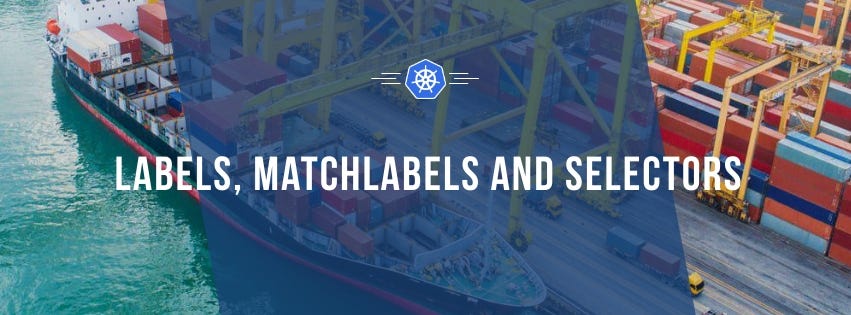









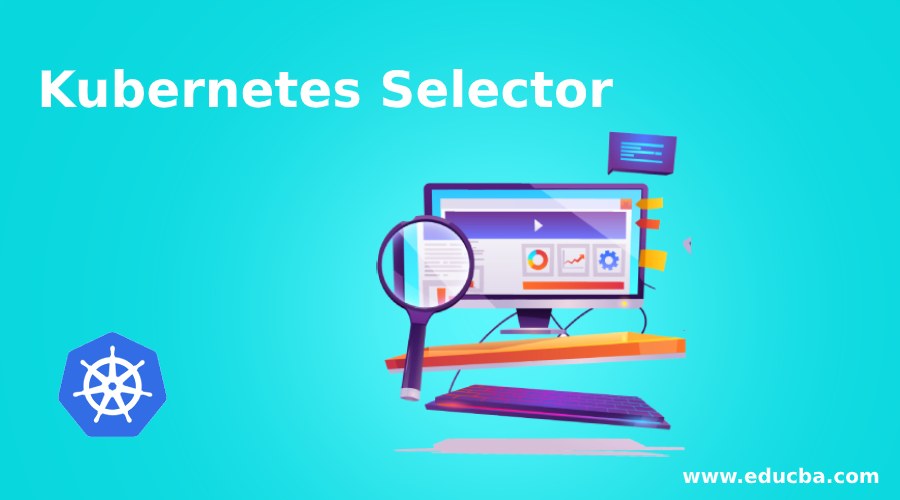

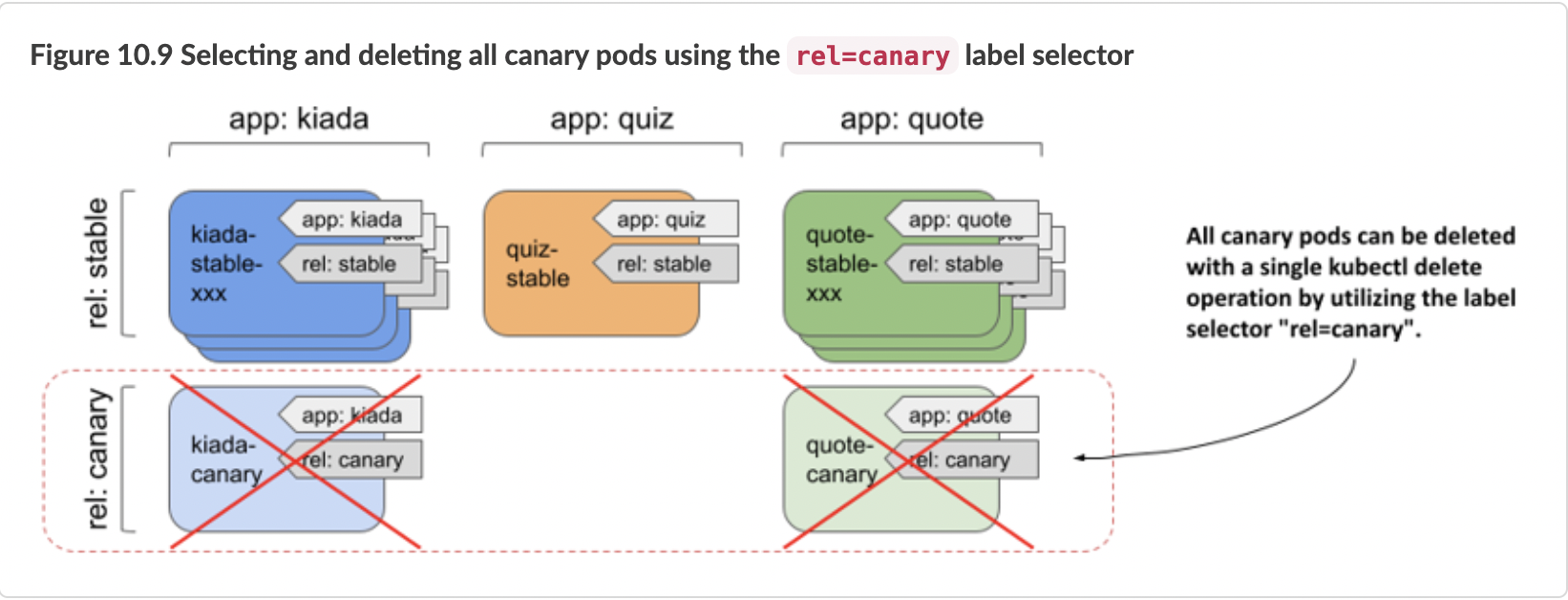

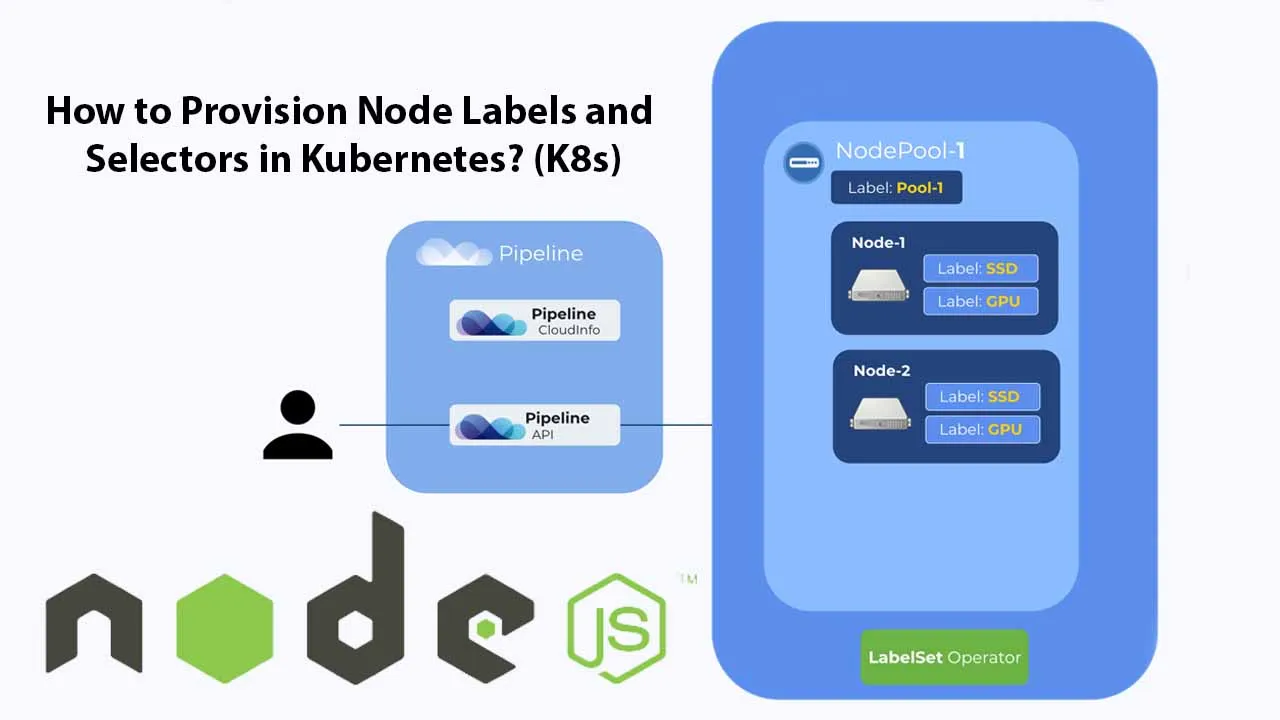




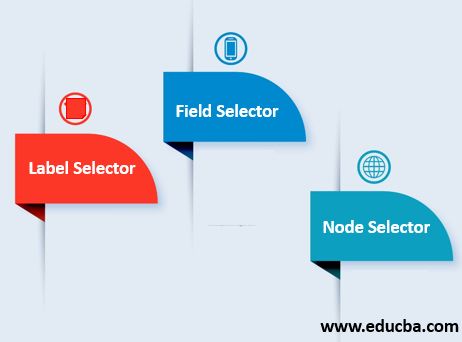





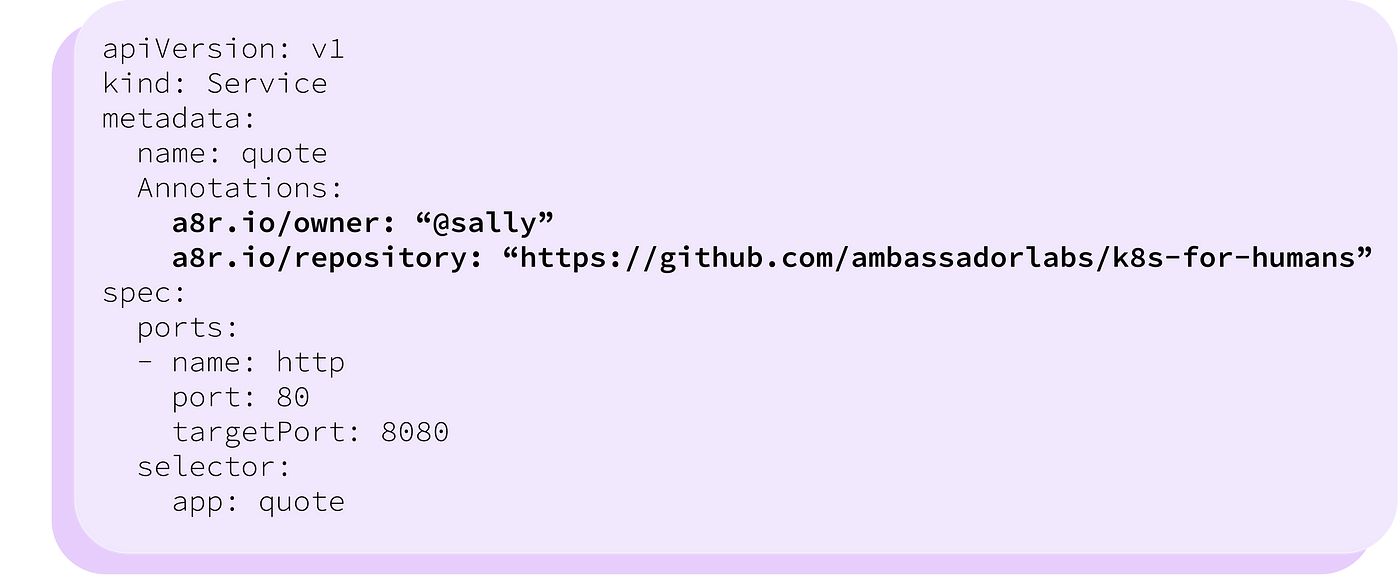



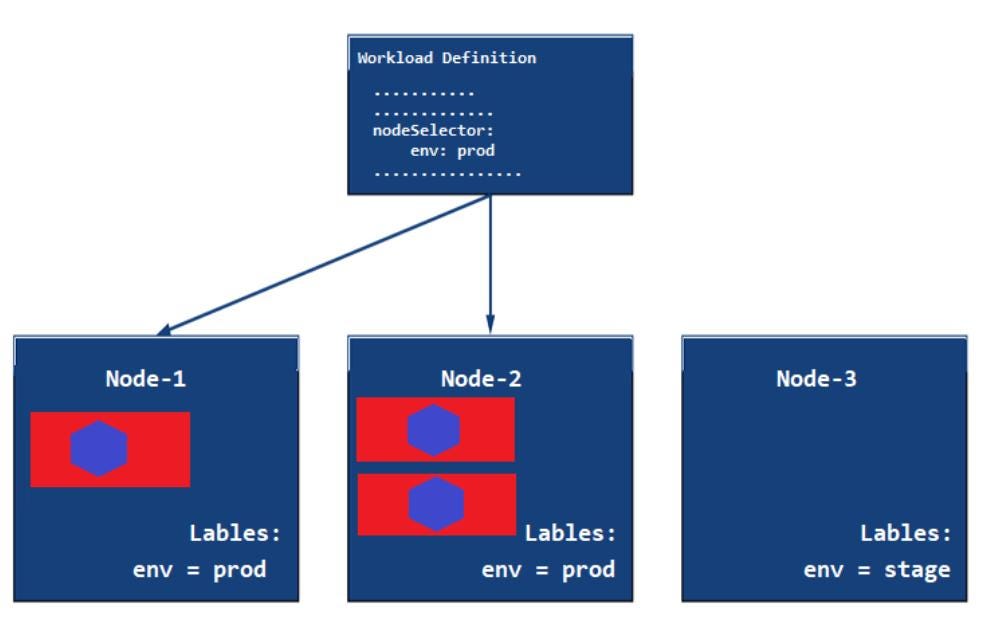
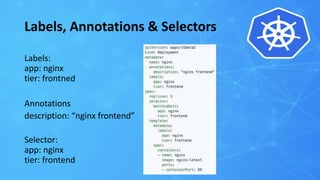



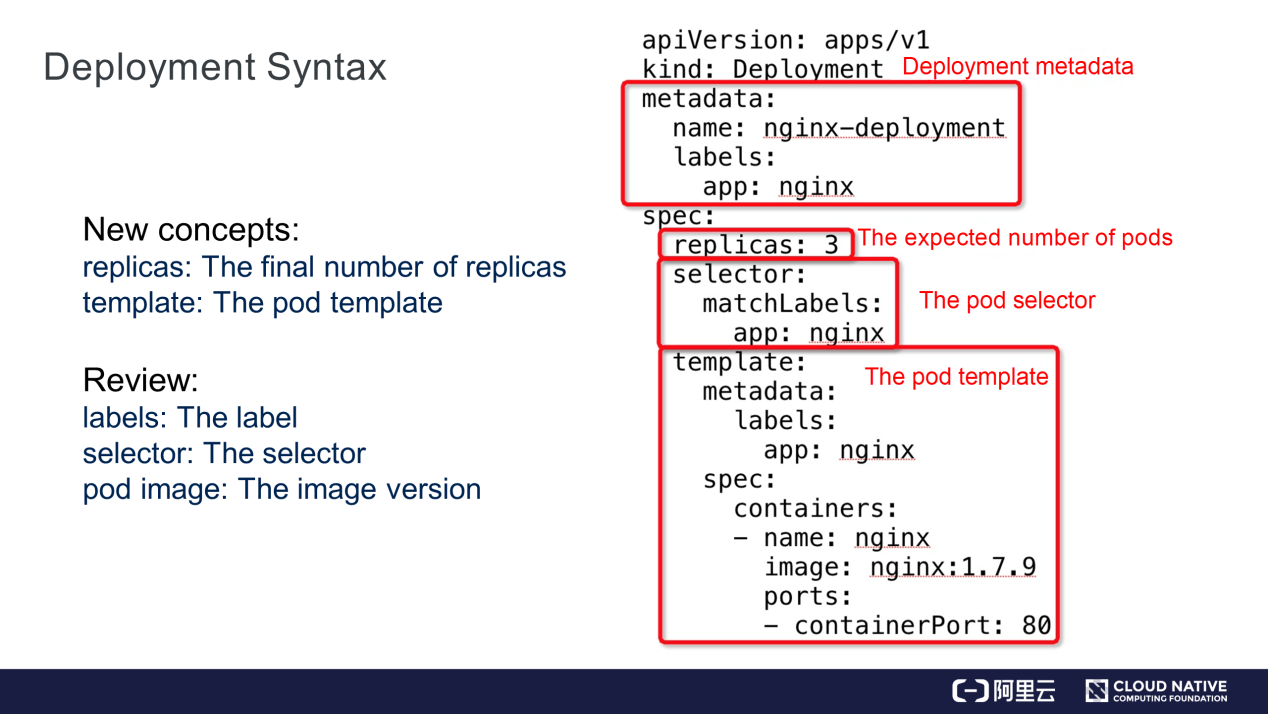
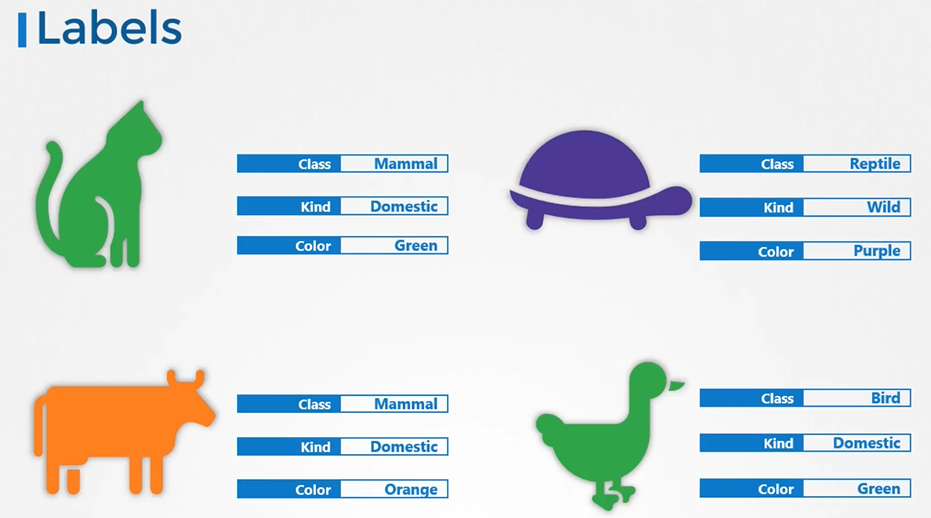
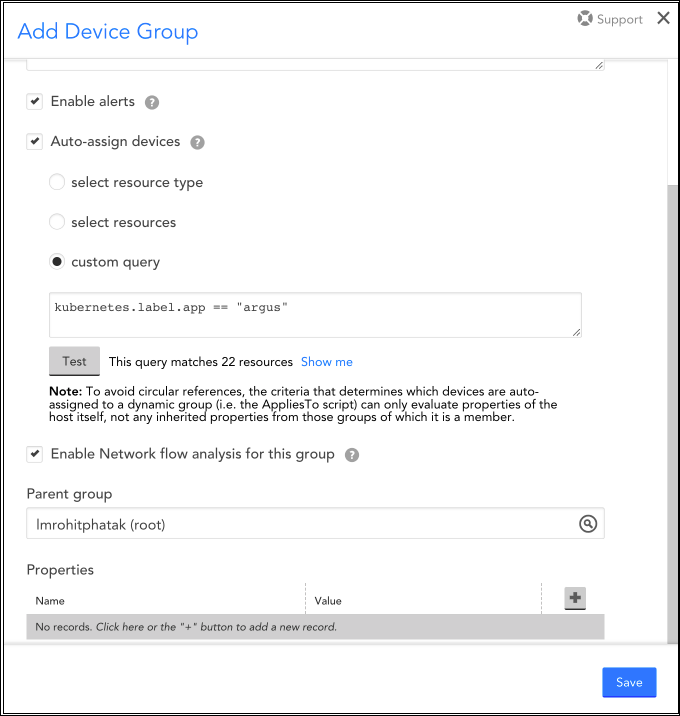

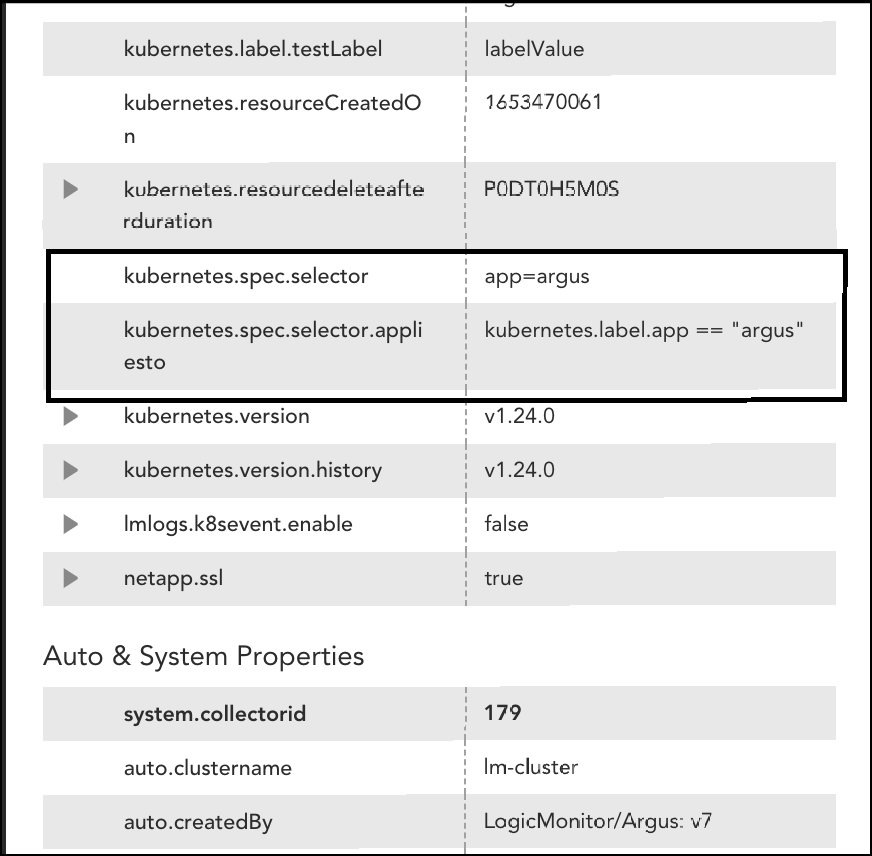

Post a Comment for "42 labels and selectors in kubernetes"